|
For some polycrystalline materials such as austenitic stainless steel, magnesium, TATB, and HMX, twinning is a crucial deformation mechanism when the dislocation slip alone is not enough to accommodate the applied strain. To predict this coupling effect between crystal plasticity and deformation twinning, we introduce a mathematical model and the corresponding monolithic and operator splitting solver that couples the crystal plasticity material model with a phase field twining model such that the twinning nucleation and propagation can be captured via an implicit function. While a phase-field order parameter is introduced to quantify the twinning induced shear strain and corresponding crystal reorientation, the evolution of the order parameter is driven by the resolved shear stress on the twinning system. To avoid introducing an additional set of slip systems for dislocation slip within the twinning region, we introduce a Lie algebra averaging technique to determine the Schmid tensor throughout the twinning transformation. Three different numerical schemes are proposed to solve the coupled problem, including a monolithic scheme, an alternating minimization scheme, and an operator splitting scheme. Three numerical examples are utilized to demonstrate the capability of the proposed model,
as well as the accuracy and computational cost of the solvers. [preprint]
0 Comments
There are many journal articles dedicated to constitutive models that show good matches on selected data. However, how useful are these models if we don't report or know their weakness? Our recently accepted CMAME paper uses deep reinforcement learning and game theory to explore this important question. By conceptualizing the efforts to validating and falsifying the model as a competing activities, we introduce AI agents to compete against each others to explore each others' weakness and through competition improving the resultant model and finding the Nash equilibrium that represents the limits of the state-of-the-art of each model, hand-crafted or AI-generated. The interesting aspect is that this competition can be applied to any material laws and data set. Please consider submit data/model to us and we can validate and falsify the model for you. More information can be found in the preprint [PDF]. The lectures for the entire 3-day workshop can be found at the official website of ALERT. alertgeomaterials.eu/2020/10/videos-of-the-doctoral-school-2020/ Special thanks to the organizers, Professors Wei Wu and Manuel Pastor, and the colleagues who attend the talks. |
Group NewsNews about Computational Poromechanics lab at Columbia University. Categories
All
Archives
July 2023
|

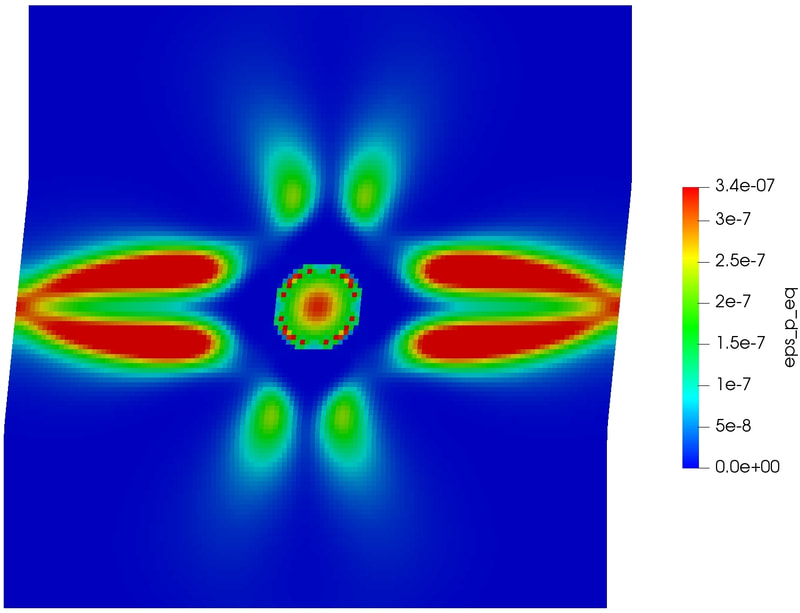
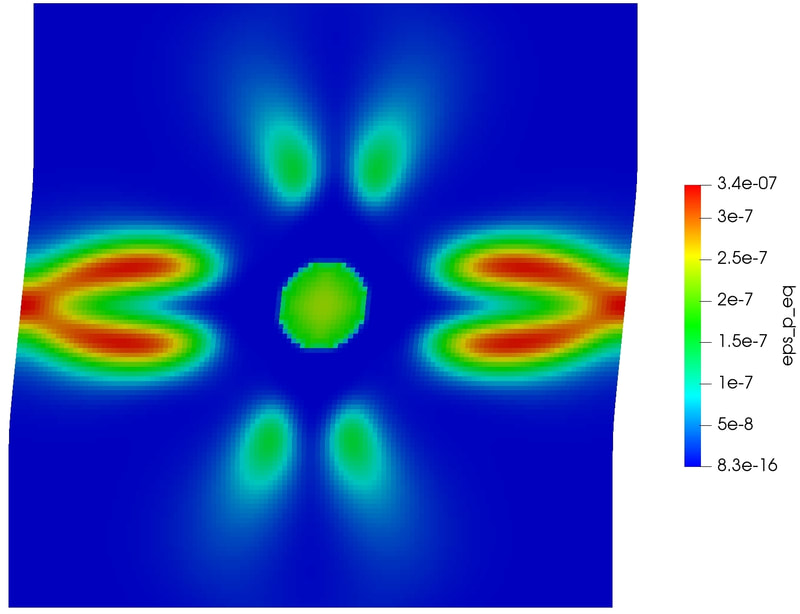
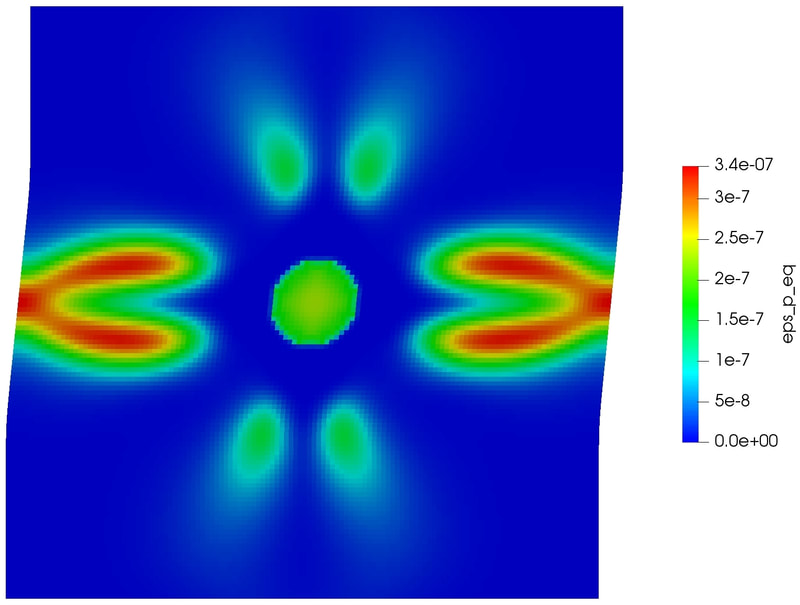
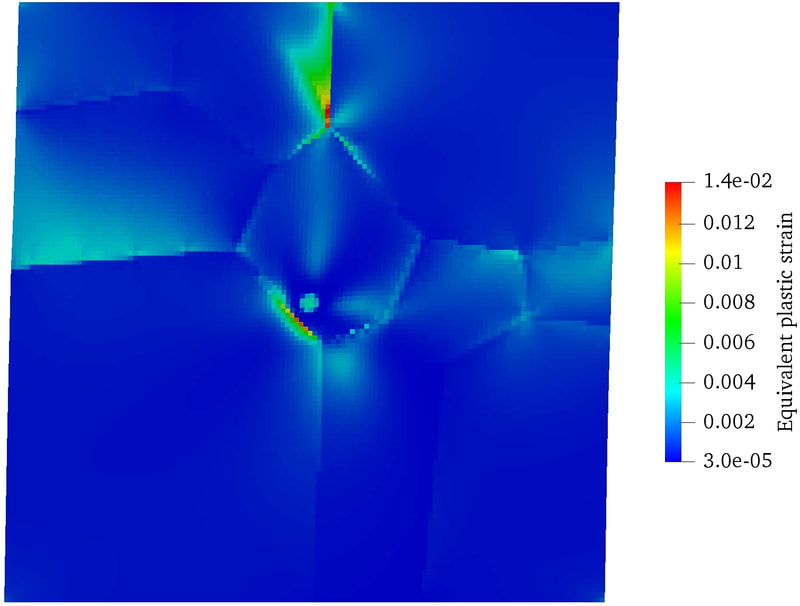
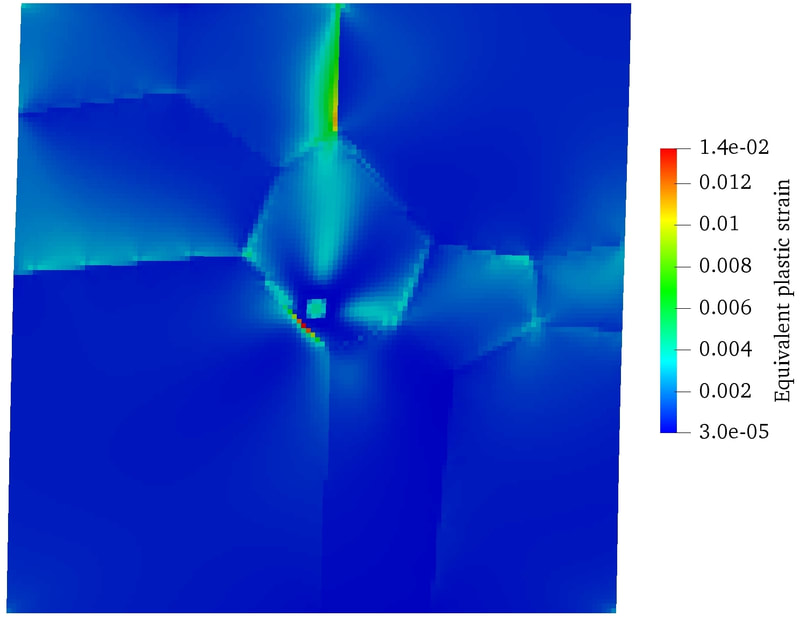
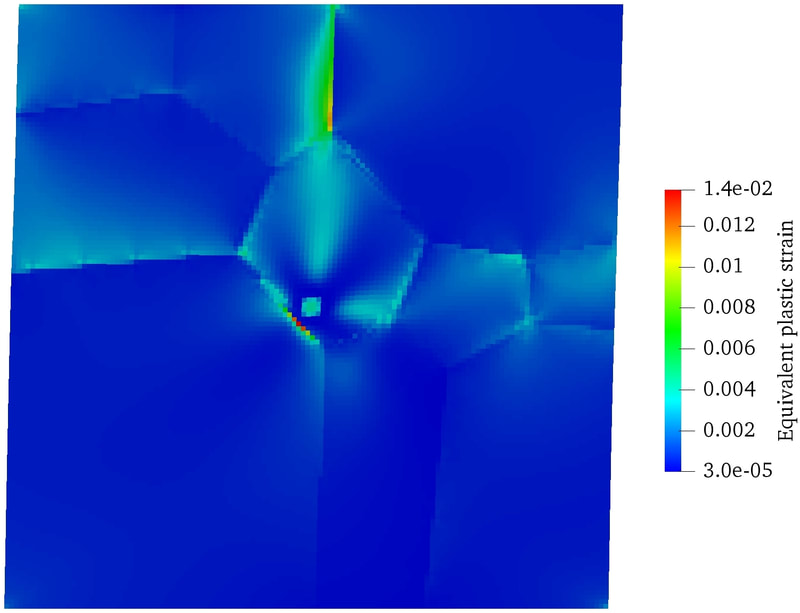
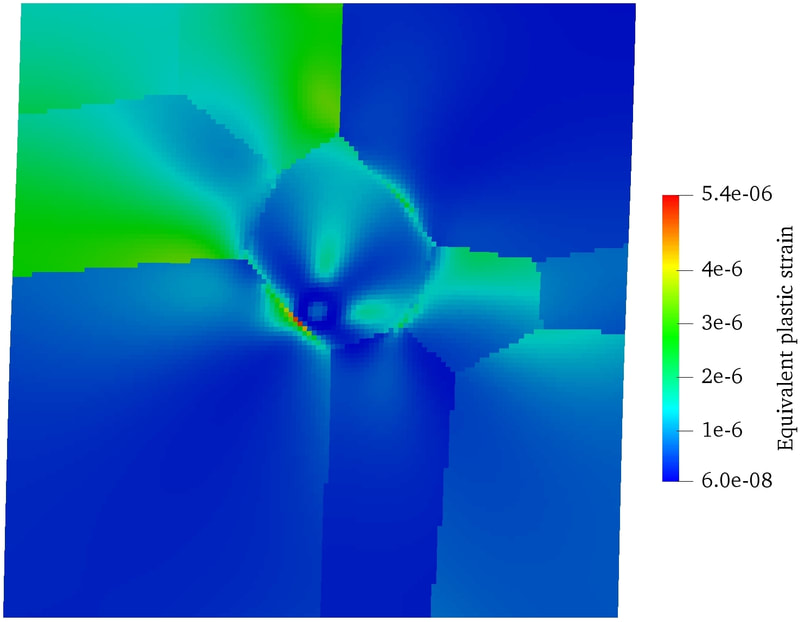
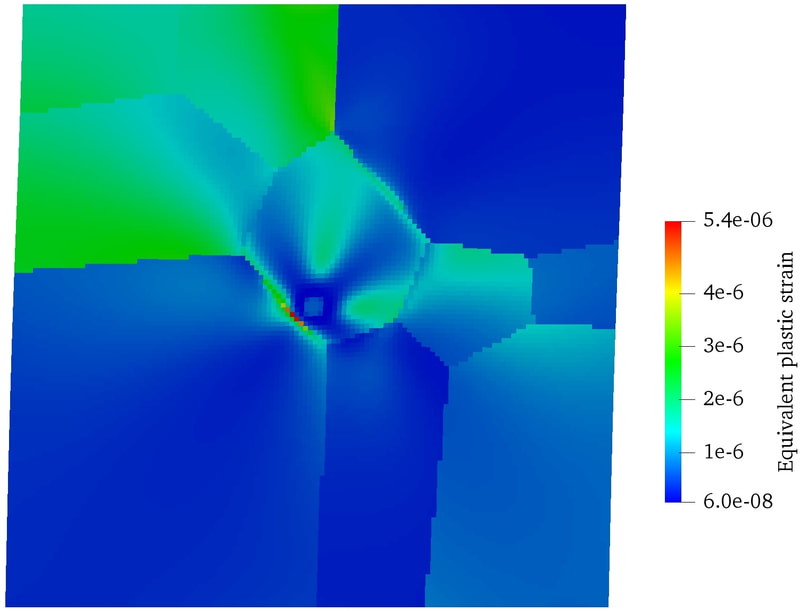
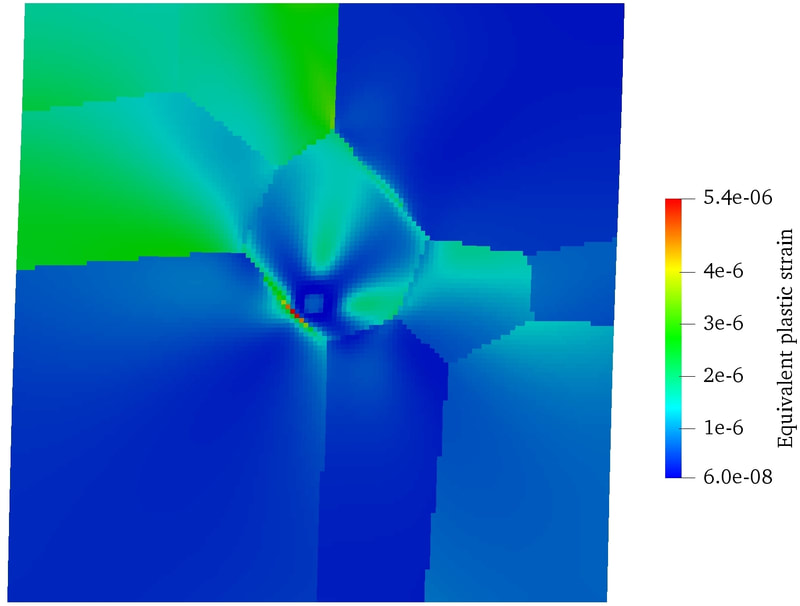
 RSS Feed
RSS Feed